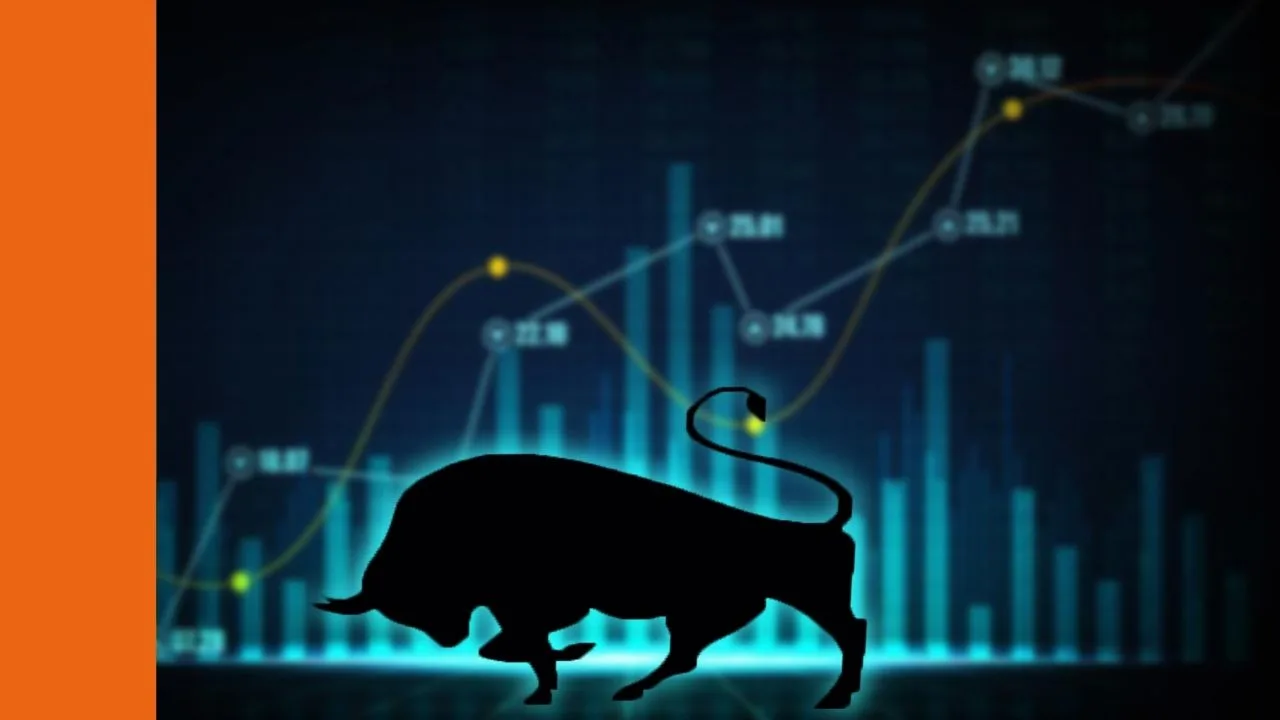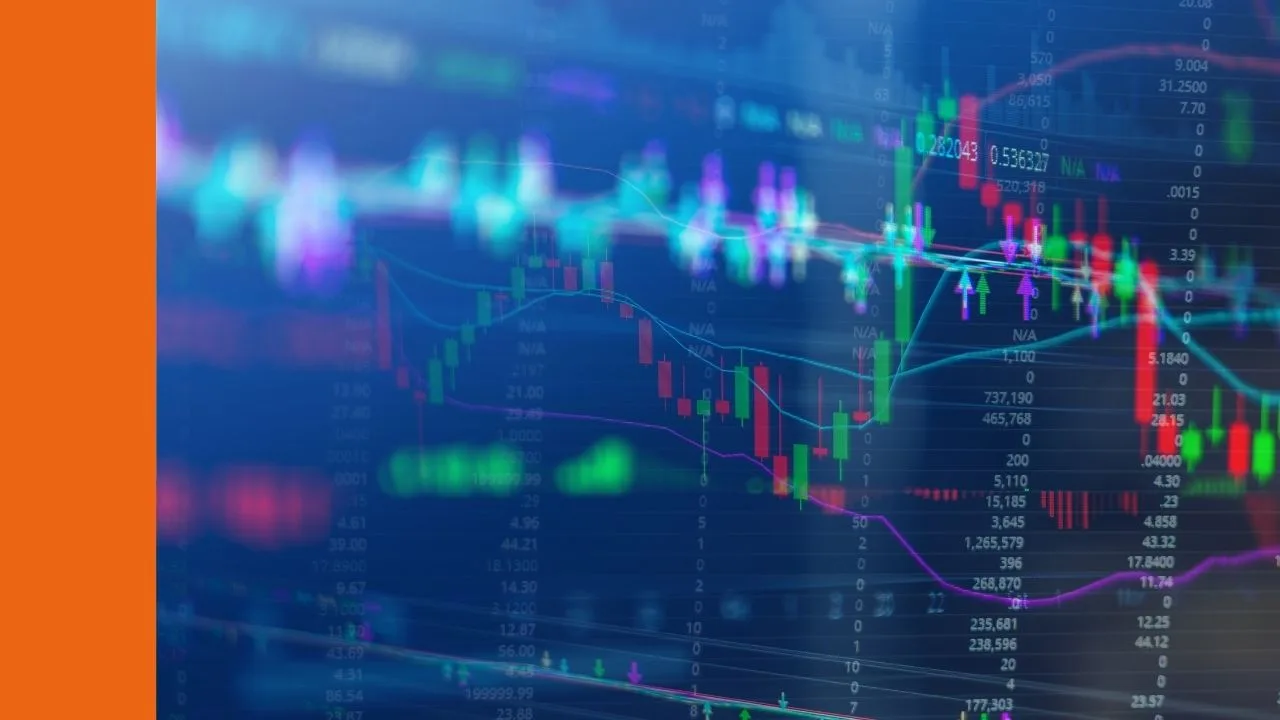CSL share price in focus
Previously a government body, CSL is today a publicly-listed global biotechnology company that develops and delivers innovative medicines that save lives, protect public health, and help people with life-threatening medical conditions live full lives.
The company is divided into three core business units: CSL Behring, CSL Seqirus and CSL Vifor. Behring, acquired in 2004, manufactures and distributes blood plasma products. Seqirus is responsible for making flu-related products and performs pandemic-related services for governments. Finally, Vifor makes products for iron deficiency and nephrology (renal/kidney care).
CSL has developed a strong reputation with Australian investors over many decades as being a reliable company and a consistent dividend payer. With the continual rise in healthcare costs and the consistent historical performance, interest in CSL shares remains high today.
The key metrics
If you’ve ever tried reading a company’s income statement on the annual report, you’ll know just how complex it can get. While there are any number of ways you could slice up the statement, three key figures are revenue, gross margin, and profit.
Revenue is important for obvious reasons – everything else (profit, margins, return on equity etc.) is downstream of a company’s ability to generate sales and revenue. What we’re looking for is not so much the absolute number, but the trend. CSL last reported an annual revenue of $14,800m with a compound annual growth rate (CAGR) over the last 3 years of 12.8% per year.
The next thing we’ll want to consider is the gross margin. The gross margin tells us how profitable the core products/services are – before you take into account all the overhead costs, how much money does the company make from selling $100 worth of goods and services? CSL’s latest reported gross margin was 52.1%.
Finally, we get to profit, the real headline number. Last financial year CSL Ltd reported a profit of $2,642m. That compares to 3 years ago when they made a profit of $2,375m, representing a CAGR of 3.6%.
Financial health of CSL shares
Next, we could consider the capital health of the company. What we’re trying to work out is whether the company is generating a reasonable return on their equity (the total shareholder value) and whether they have a good safety buffer. One important measure to consider is net debt. This is simply the total debt minus the company’s cash holdings.
In the case of CSL, the current net debt sits at $10,526m. A high number here means that a company has a lot of debt which potentially means higher interest payments, greater instability, and higher sensitivity to interest rates. A negative value on the other hand indicates the company has more cash than debt, which can be seen as good (a big safety buffer) or bad (inefficient capital allocation).
A metric that might be more valuable to us is the debt/equity percentage. This tells us how much debt the company has relative to shareholder ownership. In other words, how leveraged is the company? CSL Ltd has a debt/equity ratio of 62.8%, which means they have more equity than debt.
Finally, we can look at the return on equity (ROE). The ROE tells us how much profit a company is generating as a percentage of its total equity – high numbers indicate the company is allocating capital efficiently and generating value, while a low number suggests that company growth may be starting to slow. CSL generated an ROE of 14.6% in FY24.
What to make of CSL shares?
One way to have a ‘speedy read’ of where the CSL share price is could be to study something like dividend yield through time. Remember, the dividend yield is effectively the ‘cash flow’ to a shareholder, but it can fluctuate year-to-year or between payments. Currently, CSL Ltd shares have a dividend yield of around 1.46%, compared to its 5-year average of 1.50%. Put simply, CSL shares are trading below their historical average dividend yield. Be careful how you interpret this information though – it could mean that dividends have fallen, or that the share price is increasing, or both. In the case of CSL, last year’s dividend was greater than the 3-year average, so the dividend has been growing.
The Rask websites offer free online investing courses, created by analysts explaining things like Discounted Cash Flow (DCF) and Dividend Discount Models (DDM). They even include free valuation spreadsheets! Both of these models would be a better way to value the CSL share price.









